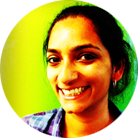RC Pop-up: Two weeks of collaboration and focused work on generative art
Earlier this month, 12 Recurse Center alums met in Berlin to work on generative art in a two-week sprint, which we called an “RC Pop-up.”
What’s a Pop-up?
One of our goals is to support our alums in becoming better programmers wherever in the world they are. At its core, RC brings together people for intensive periods of personal and professional growth. During a batch, we provide a supportive and collaborative environment, space and time to focus, access to wonderful peers, and the freedom to explore what you’re interested in. While we host lots of social and technical events for alums in New York City, most of the 1,100 members of the RC community live elsewhere.
Many Recursers unsurprisingly report that their learning slows after their batches. Though alums are always welcome to re-apply to do another batch of RC, most don’t have the time or resources to do so. Our goal is to provide more opportunities for continued growth and support for our alums all over the world.
With that in mind, we came up with an experiment we thought would help us do that: a two-week RC Pop-up in a place other than New York City, where alums could recreate the intensity of a full RC retreat. We wanted the Pop-up to give folks a chance to get feedback and push each other to accomplish more than they would have alone.
We were inspired by Depth Jams, events in which people doing similar creative work commit to brief, intense, periods of working together and giving each other advice and critical feedback away from everyday distractions. We have lots of alums interested in graphics and computer art who live in and around Berlin, and given the vibrant community of artists and programmers who live there, we decided it was a good place to start. The School of Machines, Making, and Make Believe hosted us for the two weeks.
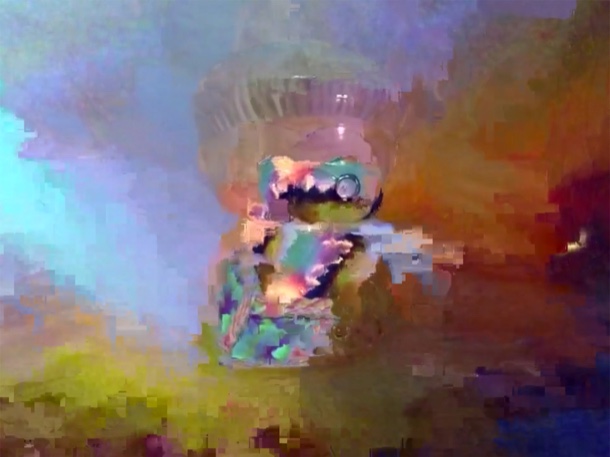
Vanessa Pyne, Moshpyt, FFmpeg
Pop-ups vs. retreats
The Pop-up was different than the retreats we run in several ways:
- The Pop-up was two weeks long. We figured that this was a good amount of time for participants to get settled, collaborate, and do deep work on a project while not being prohibitive for people with jobs, families, or other life commitments.
- It was themed. At a retreat, Recursers choose to work on or learn whatever they wish. Having a theme for the Pop-up gave alums with similar interests a chance to meet and work with each other.
- We asked people to come with project ideas in mind. A project isn’t required to apply to RC, but given the time and theme constraint for the Pop-up, we thought it was important that people knew ahead of time what they would specifically work on.
- It was only open to alums. This made it significantly easier and faster for us to organize, and ensured that all the participants already had a shared sense of community, trust, and values.
- No RC faculty members were present in Berlin. We arranged the space, attendees, and framing of the Pop-up, but otherwise let the participants run it as they wished. Many of the alums who attended had never met each other in person, but successfully generated project ideas, set their own schedules, collaborated, did deep work to further their learning, and ran a show that was open to the public to share their work. We’re thankful to have such a rigorous, thoughtful, and self-directed group of people in our community.
We’re currently evaluating whether or not we’ll organize more Pop-ups in the future, and we are always looking for more ways to support our community’s continued growth.
In the interim, check out the list of participants and some of the work they produced below!
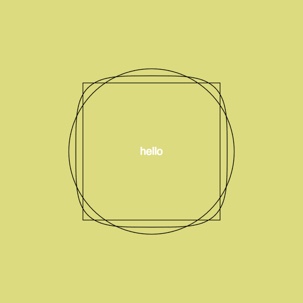
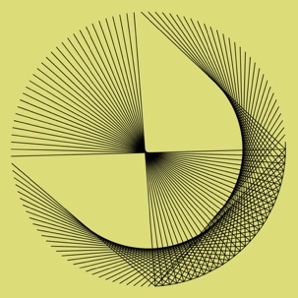
Jonathan Dahan, Glitch, Quil (Clojure)
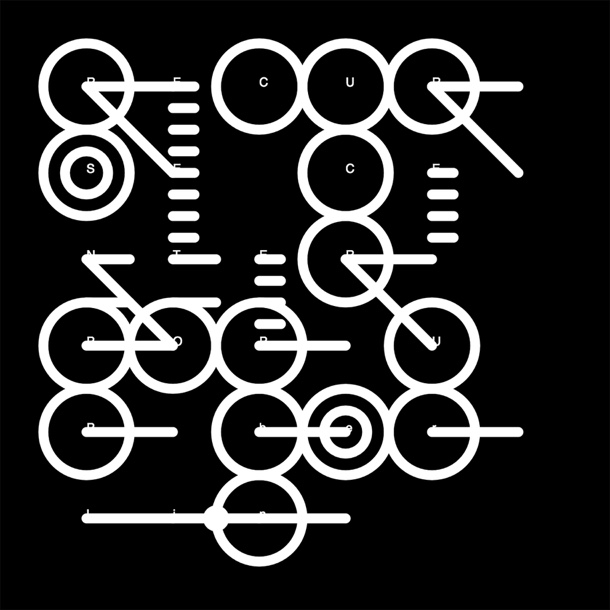
Sher Minn Chong, Glyph poster series, p5.js
Participants and their work
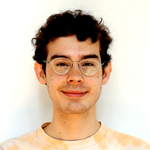
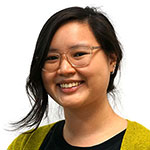
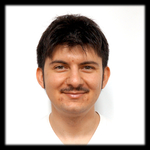
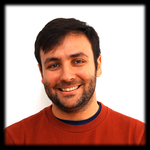
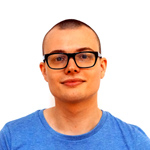
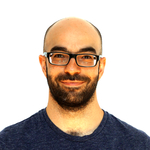
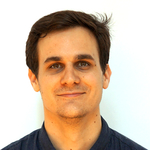
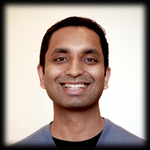
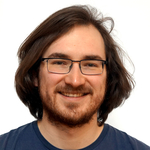
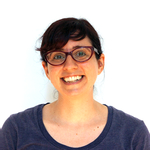
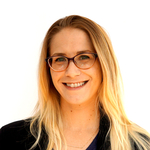
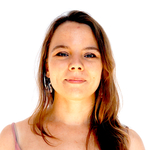
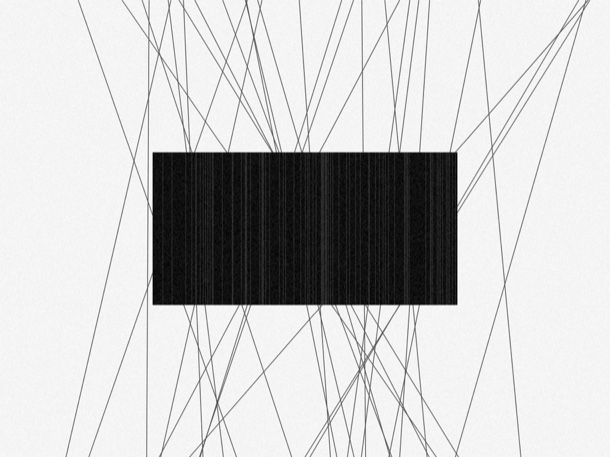
Veit Heller, Reprise, p5.js
A special thank you to The School of MA and our alums for making our first Pop-up a success!
